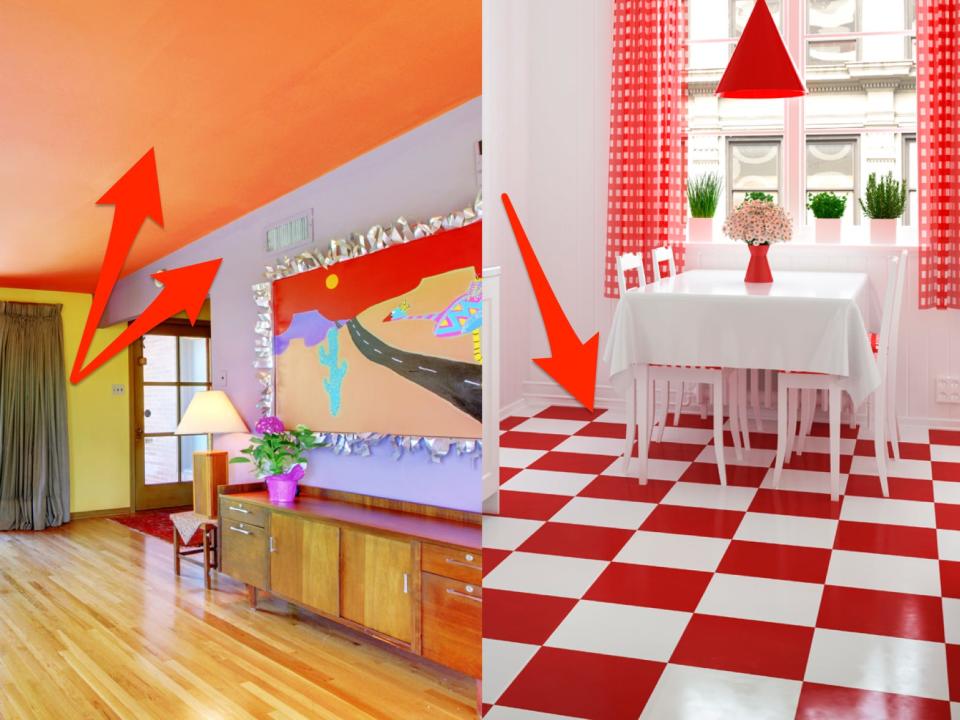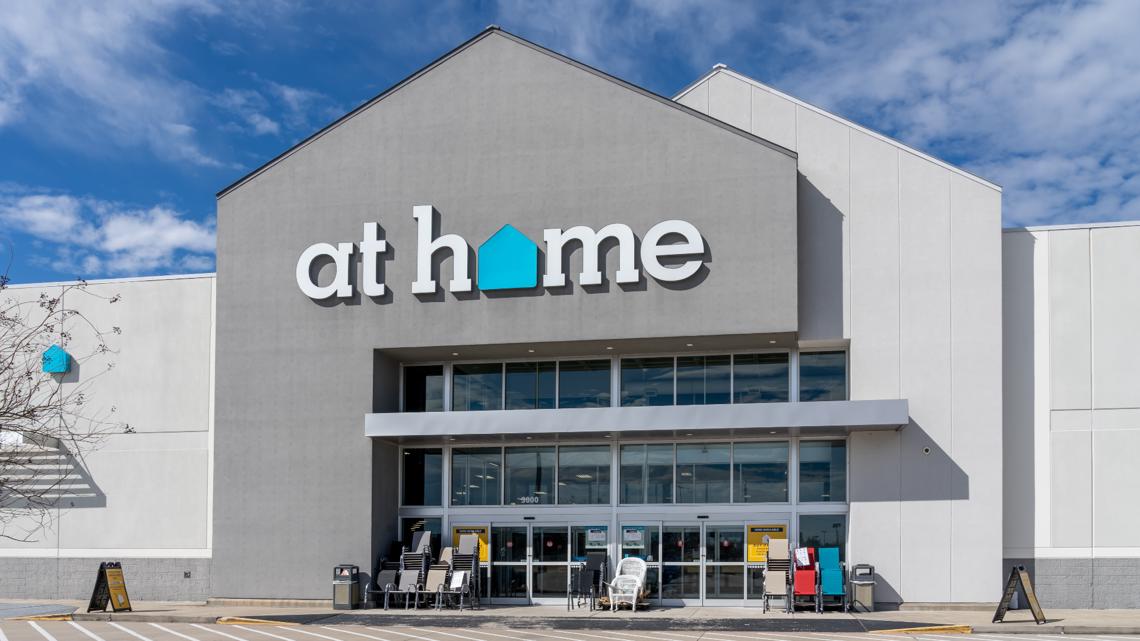-
Gen Z loves adding funky textures and bright hues to their homes but I don’t understand some trends.
-
I’m still confused about how mushroom knick-knacks and faux vines became so popular.
-
Some Gen Z homes are filled with checkerboard patterns but I think the look can easily become dated.
LED lights have been rebranded as a cozy lighting option but I’m not quite on board.
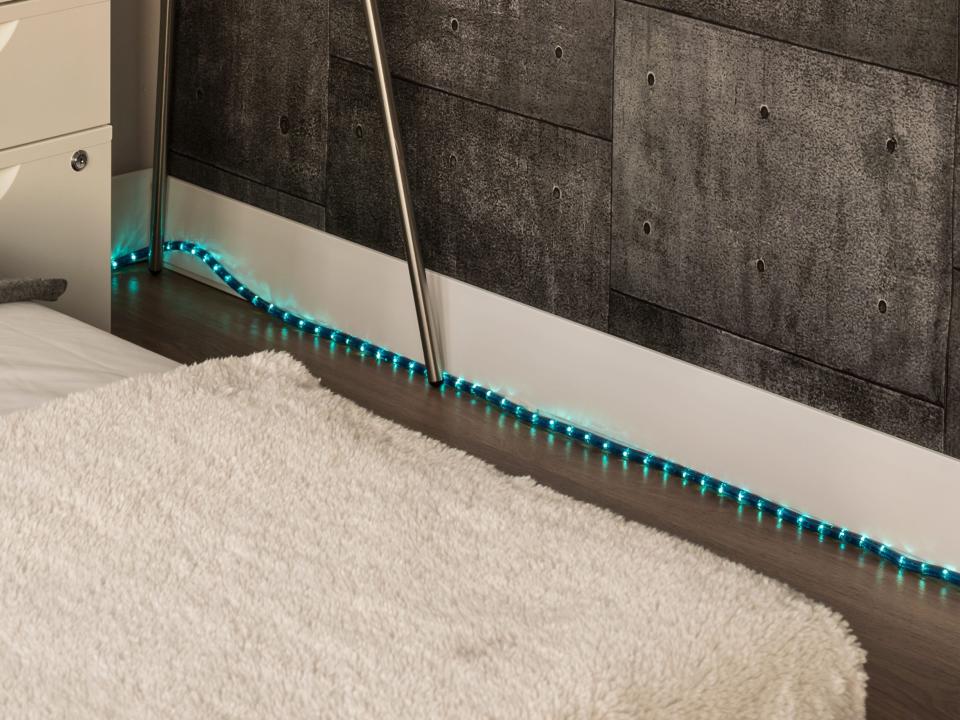
Gen Z is using LED light strips, once exclusive to gamer dens and nightclubs, as a cost-effective lighting design that’s versatile, personalized, and oh-so-vibey.
I’ve always associated LED light strips with a childhood bedroom. As a decorator, I prefer multiple individual light sources that guide the eyes around a room, not a long strip blanketing a space with dim light.
Though smart lights are great for controlling color temperature, I also find the bright RGB colors to be garish, not cozy. But as Gen Z grows up, I think we might see RGB colors finding their place in elevated spaces as the generation leans toward serotonin-boosting decor.
Gen Z seems to love unapologetically bright colors but they may not be ideal in the long run.

Gen Zers aren’t shy about bold color choices and patterns, a fresh response after so many years of greige minimalist spaces.
I’ve seen decorators paint ceilings, floorboards, doors, and even appliances in bright dopamine-happy colors as a way to embrace the home as a reflection of themselves.
However, the permanency of the bright colors has older generations a bit concerned about the resale value of Gen Z homes.
I think the DIY foam-mirror trend is just a lumpy, bumpy statement.

I’ve seen creators apply spray foam insulation along the edges of old mirrors to create a sculptural statement piece in an inexpensive DIY project. The mirror frame’s organic shape and unconventional textured edges are then painted in bright Y2K-inspired colors.
But, in my opinion, I think many creators who try this trend lack the technical skills to transform the mirror into an art piece. Instead, I think it often ends up looking like a weird mirror with spray foam all over it that was pulled from a trash heap.
I don’t understand why mushrooms are taking over Gen Z home decor.
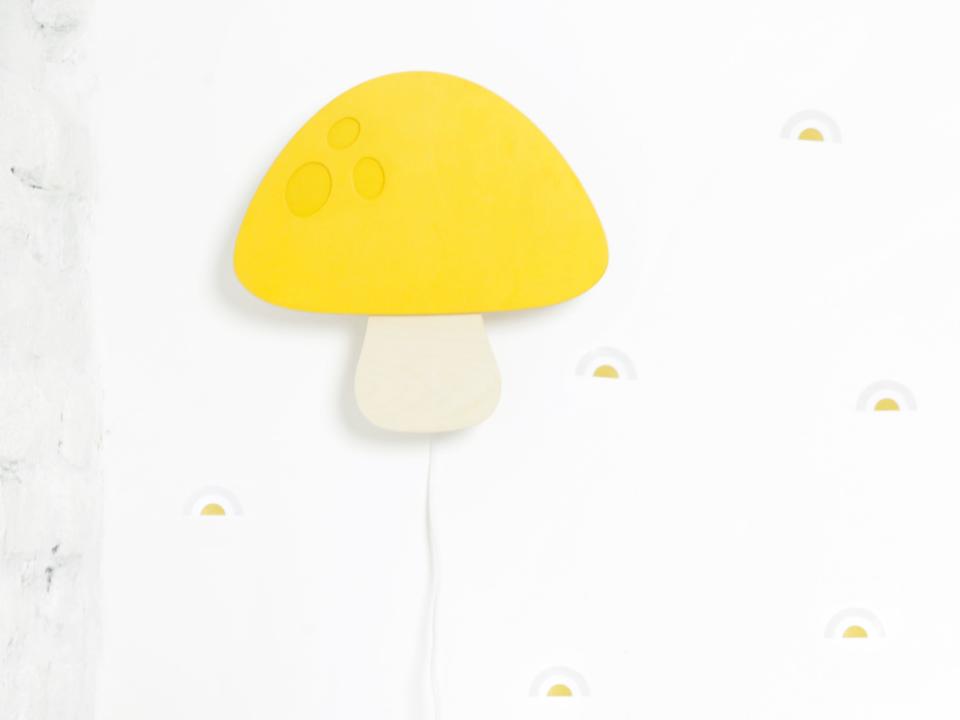
In recent years, I’ve frequently seen mushroom-themed stools, lamps, rugs, and countless knick-knacks. From natural woodsy styles to cute cartoon spores, mushrooms are everywhere in Gen Z decor.
This trend likely came as a response to the generation’s affinity for bringing organic themes and nature into their homes. Still, I think the dedication to a singular motif is a bit odd.
In my opinion, the checkerboard pattern is the chevron of Gen Z.
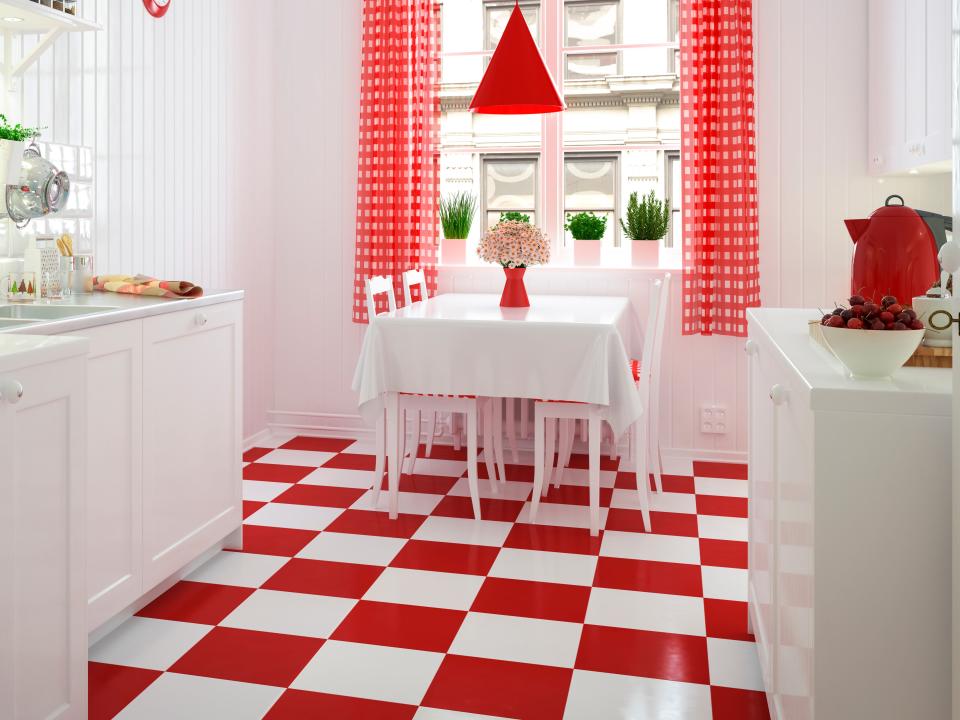
The revamp of the classic checkered pattern has come in bold bright colors and wiggling grids to distinguish itself as a new take.
I’ve seen the new checkered pattern on carpets, throw pillows, bedding, and wall art. But I’ve also noticed that many Gen Z decorators have brought classic black-and-white tiles back to their kitchens and bathrooms.
Such a distinctive look reminds me of the chokehold chevron had on millennials not too long ago, and it makes me worry about how quickly the checkered pattern will fall out of style.
Gen Z influencers are restocking their homes in ways that remind me of shop shelves.
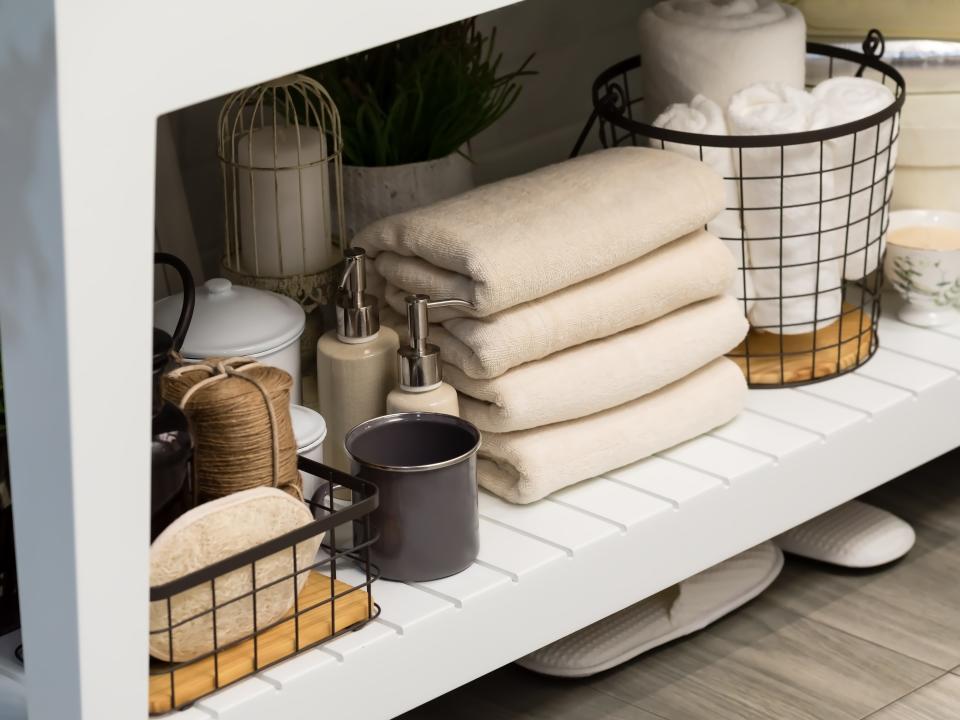
An organized home can de-stress the mind and set one up for success, but I think some of Gen Z’s organizational trends have escalated to an extreme.
The creators I’ve seen showcase idyllic drawers and cabinets filled with decanters and organizational tools that are so stocked up that they resemble a store shelf.
Though restocking videos are satisfying to watch, the impractical standard of stocking expensive items in bulk seems geared toward influencing sales rather than encouraging organization.
Tiled furniture reminds me of my grandma’s kitchen.
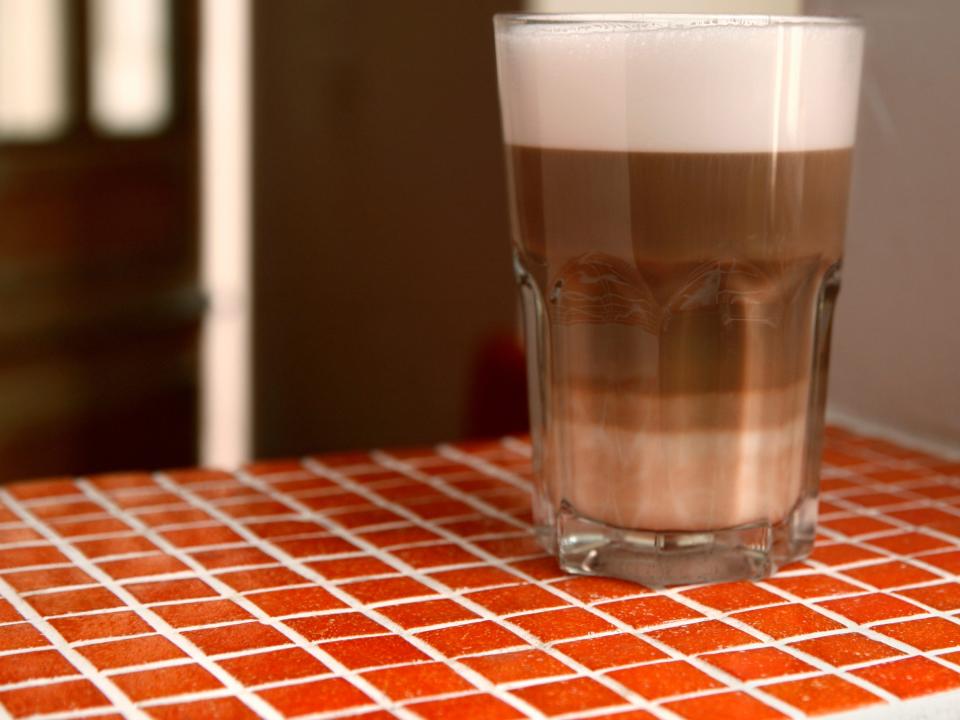
Gen Z’s tiled furniture brings the nostalgic retro design into the mainstream. For this trend, creators can design side tables and credenzas with colorful square tiles in a DIY project.
Brands have also jumped on the trend by paying homage to the ’80s with fun, futuristic cubes. The little pedestals are interesting as a statement piece, but the impractical nature of having a heavy tile and grout block without drawers as a side table baffles me.
Gen Z loves danging faux foliage but all I’m reminded of is the ’90s.
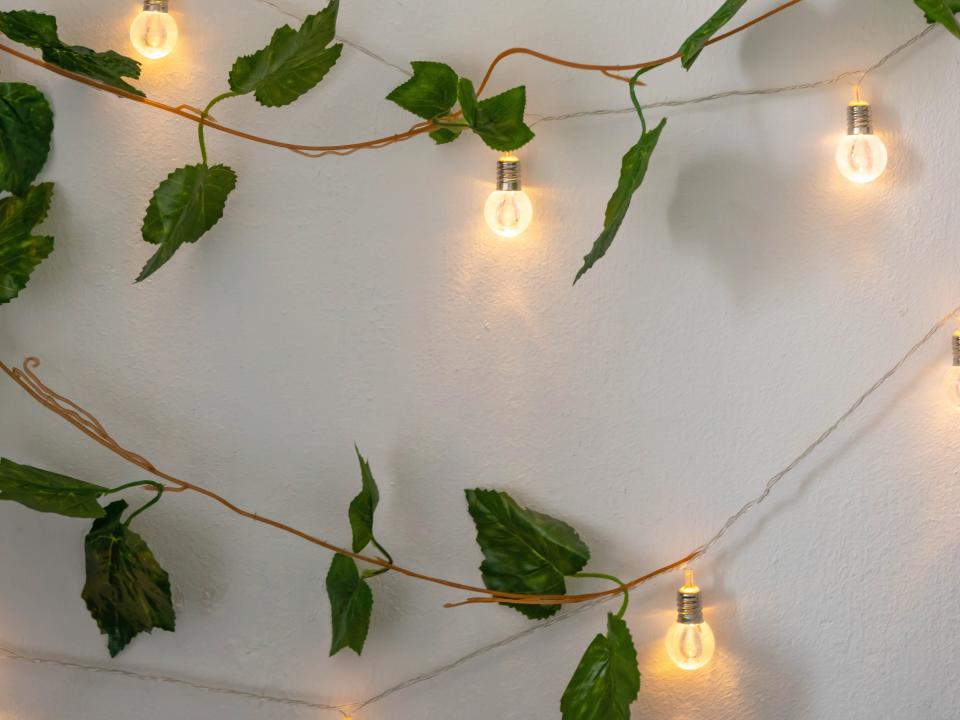
Though I see it quite often on social media, I can’t get on board with the faux greenery of the Gen Z “fairycore” trend.
Fairycore enthusiasts decorate their spaces with string lights, soft gauzy canopy beds, and fuzzy textures, and then, as a finishing touch, dangle an abundance of plastic vines and artificial wisteria from the ceiling.
Though whimsical escapism might be what the world needs, the dangling vines give me flashbacks of the faux-ivy kitchen aesthetic of the late ’90s. I still think it’s a bit odd for faux greenery to be so widely popular right now.
I’m not sure how it became a trend but Gen Z sure has a creative way of upcycling glassware.
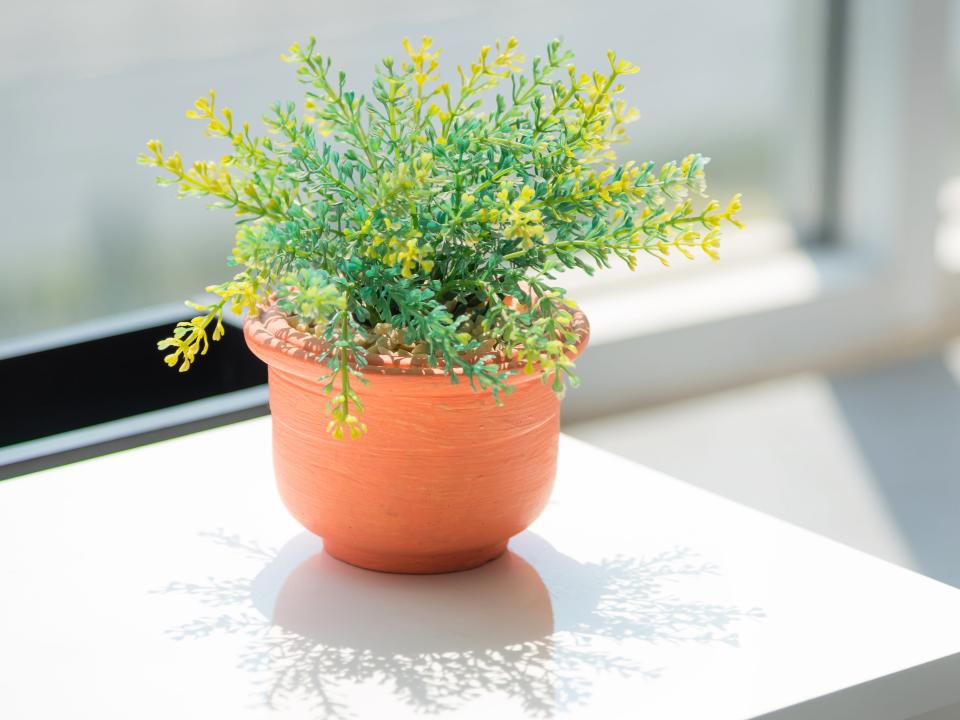
I’ve seen Gen Zers upcycle old glass vases and decor by applying a mixture of acrylic paint and baking soda and using a sponge or thick bristled brush to create a textured matte finish. Once it’s dried, the completed vase looks like an earthenware vessel.
The look seems to pair well with the organic textures of other Gen Z decor trends, yet it also reminds me of the millennials’ obsession with chalk paint on furniture not too long ago.
I’ve seen Gen Z decorators criticize the chalk-paint trend as a more shabby than chic decor aesthetic, but I’m still confused as to why the lumpier DIY baking-soda version is a thing.
Read the original article on Insider






